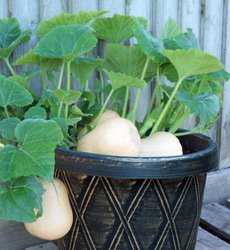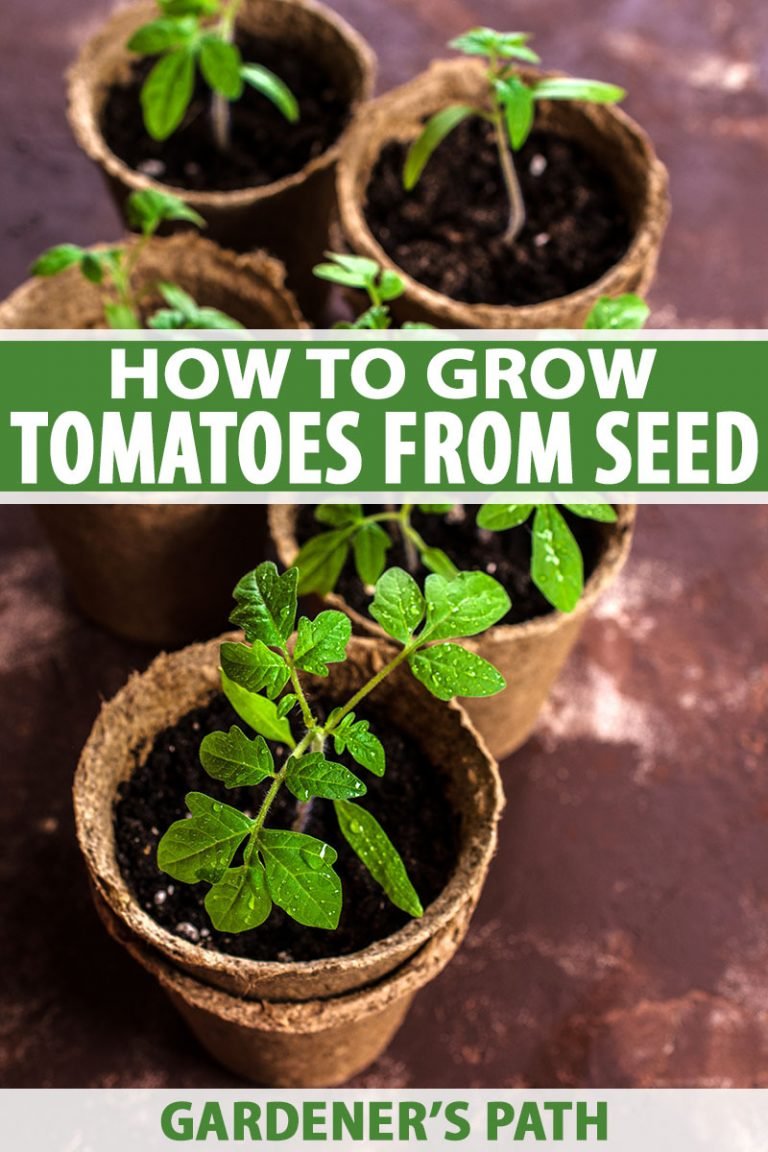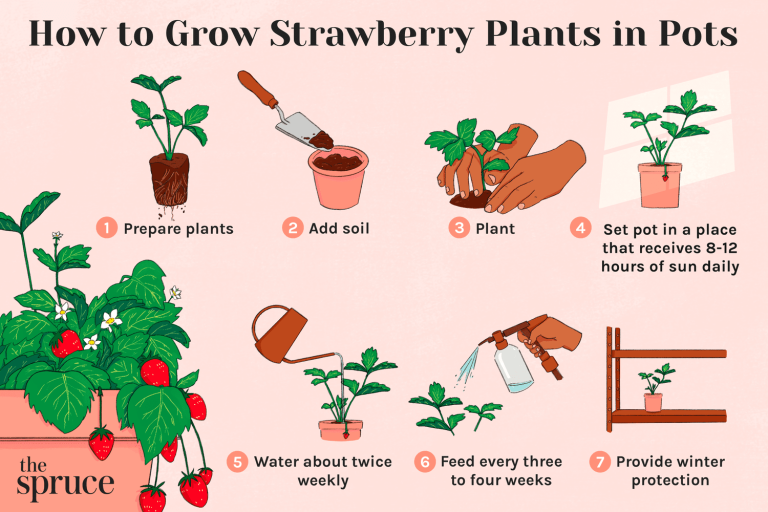how to grow onion seeds in a pot – [Beginners Guide]
Hi there! Have you ever thought about growing your own onions at home? Well, you’re in luck! Growing onions from seeds in pots is a simple and rewarding process that can be done indoors or outdoors. As someone who loves growing their own fresh produce, I highly recommend giving it a try. Not only is it a great way to have fresh onions on hand whenever you need them, but it also helps cut down on grocery costs and reduces your carbon footprint. So, let’s get started!
Why Grow Onions in Pots?
There are several benefits to growing onions in pots, especially if you live in an apartment or have limited outdoor space. Pots can be easily moved to take advantage of sunlight, and you can even grow them indoors with proper lighting. Additionally, growing onions in pots helps you avoid soil-borne diseases and pests, making it easier to have a successful crop. And the best part? You can enjoy fresh onions right from your own kitchen windowsill!
I hope this introduction has inspired you to give growing onions in pots a try. In the next section, I’ll go over the steps and materials you’ll need to get started.
Pot or container selection
When it comes to growing onion seeds in pots, the type of pot you choose is important for optimal growth. Here are some guidelines to follow when selecting a pot:
Size and Capacity:
For each onion plant, you will need a pot that is at least 6 inches deep and 6 inches in diameter. This will give the onion enough room to grow a strong root system and a healthy green top. If you’re planting multiple onions in one pot, make sure to provide enough space between each plant to allow for proper growth. A good rule of thumb is to have at least 4-6 inches of space between each plant.
Pot Construction:
When it comes to the material of the pot, you have several options. Choose a pot made of a porous material such as terra cotta, as these types of pots allow for good drainage. Avoid using plastic pots as they can retain too much moisture, which can lead to root rot. Make sure your pot has at least one drainage hole in the bottom to allow excess water to escape and prevent the roots from sitting in water.
In summary, when choosing a pot for growing onion seeds, look for one that is at least 6 inches deep and 6 inches in diameter, made of a porous material, and has proper drainage. With these guidelines in mind, you’ll be on your way to growing healthy and robust onion plants in no time!
Make suitable soil mix
When it comes to growing onion seeds, having the right type of soil mix is essential for optimal growth. Here are some guidelines to follow when selecting the soil mix:
Type of Soil:
Onion seeds require a well-draining soil mix. A good soil mix for growing onions should be made up of a combination of peat moss, compost, and perlite. This type of soil provides the right balance of nutrients and moisture for the onion seeds to thrive.
Soil Mixture:
To make a soil mix for growing onions, simply mix equal parts of peat moss, compost, and perlite. You can also add a slow-release fertilizer to the mix to provide the onions with the necessary nutrients for growth. It is important to use a balanced fertilizer to avoid over-fertilizing, which can harm the plants.
It is also important to avoid using soil from your garden or outdoor space, as it may contain pests or diseases that could harm the onion plants. Always start with a fresh, sterile soil mix when growing onions from seeds.
In summary, when choosing a soil mix for growing onion seeds, look for a well-draining mix made up of equal parts of peat moss, compost, and perlite. With the right soil mix, you’ll be on your way to growing healthy and robust onion plants in no time!
How to plant the onion seeds?
Planting onion seeds in a pot at home is a fun and easy process. Here’s a step by step guide to help you get started:
Materials Needed:
- Onion seeds
- Well-draining soil mix
- 6-inch pot with drainage hole(s)
- Slow-release fertilizer (optional)
Step 1: Fill the Pot with Soil Mix
Fill your pot with the well-draining soil mix. Make sure to leave an inch of space at the top of the pot to allow for watering later on.
Step 2: Plant the Onion Seeds
Next, plant the onion seeds about 1/2 inch deep and 4-6 inches apart. If you’re planting multiple seeds in the same pot, make sure to space them evenly. Water the soil mix gently to settle the seeds in place.
Step 3: Water the Soil
Water the soil until it is moist, but not soaking wet. Be careful not to overwater, as this can cause the seeds to rot. If you have added a slow-release fertilizer to the soil mix, you can skip this step and let the fertilizer provide the necessary nutrients for the seeds to germinate.
Step 4: Place the Pot in a Sunny Location
Place the pot in a sunny location, such as a windowsill or patio. Onion seeds need plenty of light to germinate, so make sure to provide them with a sunny location for at least 6 hours of direct light each day.
Step 5: Keep the Soil Moist
Keep the soil moist, but not soaking wet. You can use a spray bottle to mist the soil as needed, or you can water the soil gently every few days. As the onion seeds germinate and grow, you can gradually reduce the amount of water you provide.
With these simple steps, you’ll be on your way to growing your own onions in no time!
How to care for onion seeds?
Caring for Onion Seeds in a Pot at Home
Watering Requirement
Onion seeds need to be kept consistently moist, but not soaking wet. Overwatering can cause the seeds to rot, so it’s important to find a balance. You can use a spray bottle to mist the soil as needed, or you can water the soil gently every few days. As the onion seeds germinate and grow, you can gradually reduce the amount of water you provide.
Fertilizer Requirement
Onion seeds can benefit from a slow-release fertilizer, but it’s not necessary. If you choose to use fertilizer, it should be added to the soil mix at the time of planting. If you don’t use fertilizer, make sure to provide the onion seeds with a balanced diet of sunlight, water, and well-draining soil.
Sunlight Needs
Onion seeds need plenty of light to germinate and grow, so make sure to provide them with a sunny location for at least 6 hours of direct light each day. A sunny windowsill or patio is a great location for growing onion seeds in a pot.
Pruning & Training
Once the onion seeds have germinated and grown into young plants, you can begin pruning and training them. Prune off any yellow or wilted leaves, and gently train the stalks to grow upright. This will help to promote healthy growth and strong root development.
Other Care
Onion seeds also need to be protected from pests and diseases. Check the plants regularly and remove any pests you find. You can also use an organic pesticide if needed to protect the plants from pests and diseases. Additionally, make sure to keep the soil evenly moist and avoid letting the soil dry out completely, as this can stunt the growth of the onion seeds.
With these simple care tips, you’ll be well on your way to growing healthy and robust onion seeds in a pot at home!
Common problems
Common Problems when Growing Onion Seeds in a Pot at Home
Pests & Insects
Pests and insects can be a major problem when growing onion seeds in a pot at home. Common pests include aphids, thrips, and whiteflies. To prevent pest infestations, regularly inspect your onion plants for any signs of pests. If you do find pests, you can use an organic pesticide to remove them.
Diseases
Onion seeds can be susceptible to various diseases, including downy mildew, botrytis, and purple blotch. To prevent disease, make sure to provide your onion plants with good air circulation and keep the soil evenly moist. If you do encounter a disease, you can use a fungicide to treat the affected plants.
Poor Production
If your onion seeds are not producing well, it could be due to a variety of factors, including lack of sunlight, poor soil conditions, or insufficient water. Make sure your plants are receiving at least 6 hours of direct sunlight each day and that the soil is well-drained and moist. If the problem persists, you can also consider using a fertilizer to provide the plants with additional nutrients.
Other Issues
Other common problems when growing onion seeds in a pot at home include stunted growth, yellowing leaves, and wilting. These issues can be caused by a variety of factors, including over- or under-watering, poor soil conditions, or insufficient sunlight. To prevent these issues, make sure your plants are receiving adequate light and water, and that the soil is well-drained and balanced with the right nutrients.
By understanding these common problems and taking steps to prevent them, you can grow healthy and productive onion seeds in a pot at home!
Harvesting & storing homegrown onion seeds
When to Harvest Onion Seeds:
Onion seeds are ready to be harvested when the seed heads turn brown and begin to dry. This usually occurs in late summer to early fall, after the tops of the onion plants have died back.
How to Harvest Onion Seeds:
- Cut the seed heads from the onion plant and place them in a well-ventilated area to dry completely, for about a week.
- Once the seed heads are completely dry, gently rub the seed heads to release the seeds from the seed head.
- Remove any debris and store the seeds in a dry and cool place, in an airtight container.
Storing Onion Seeds:
Important: Proper storage is key to ensuring long-term viability of the seeds. Store the seeds in a cool and dry place, in an airtight container. Label the container with the date of harvesting and the type of onion. Onion seeds can remain viable for up to five years when stored properly.
Growing onion seeds in container – Conclusion
Conclusion:
Growing onions from seeds is a fun and rewarding project that can be done in a pot or in your garden. By following the steps outlined in this guide, you will be able to successfully grow your own onions at home and enjoy a fresh and flavorful addition to your meals.
Tips for Success:
- Choose the right type of onion for your climate and growing conditions.
- Provide your onion seeds with well-draining soil, adequate moisture, and plenty of sunlight.
- Monitor your onions regularly for pests and disease and address any issues promptly.
- Thin your onions as they grow to ensure proper spacing and air circulation.
With a little patience and attention, you can easily grow your own onions in a pot and enjoy the delicious taste of homegrown vegetables. Why not try it today?








